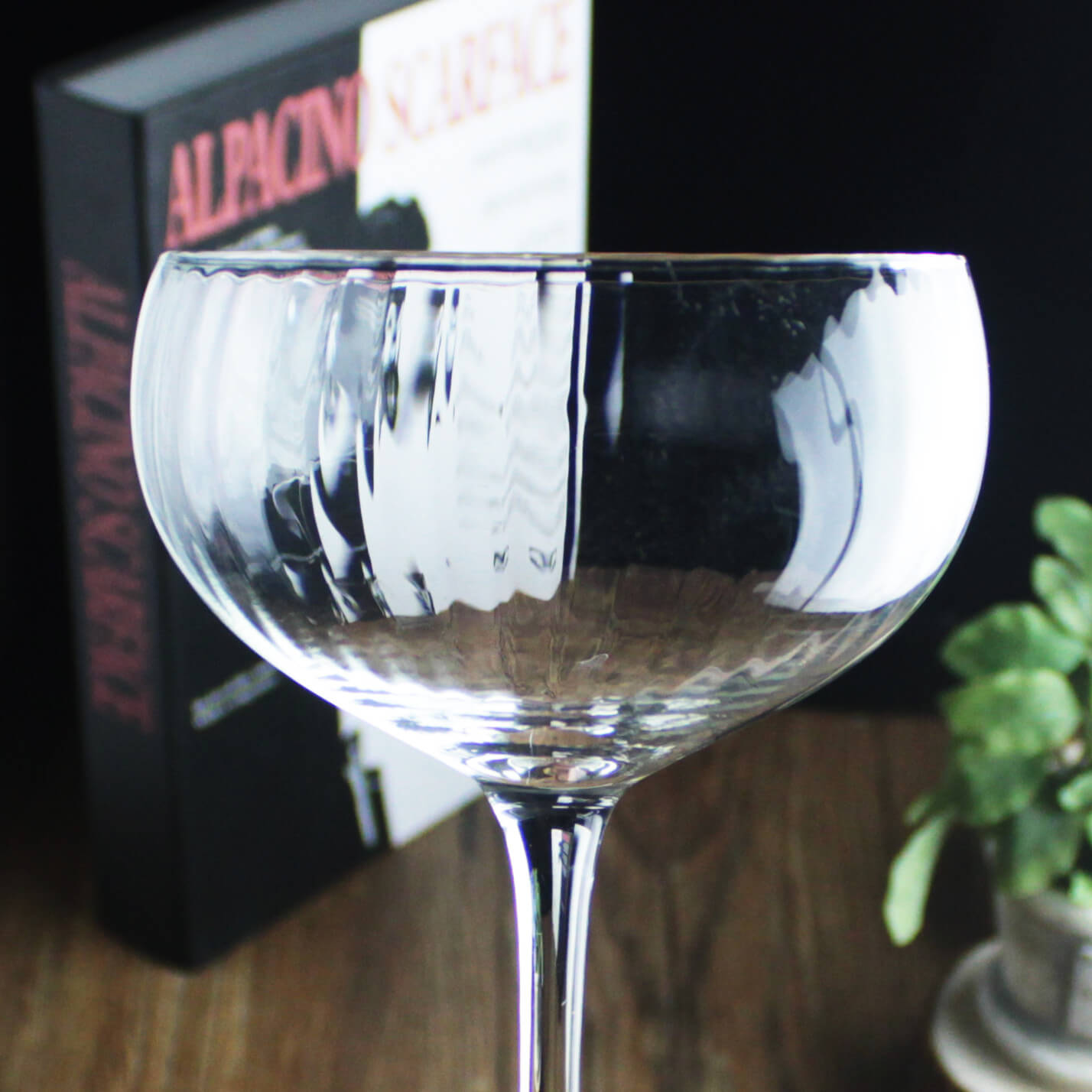Pouring beer into a beer glass may seem simple, but doing it the right way can elevate the experience of enjoying a cold brew. At Lida Glassware, we understand that the presentation and enjoyment of beverages are essential to our clients. Here’s a guide tailored to your needs:
How to Pour Beer Into a Beer Glass – A Guide for Perfection
A. Choose the Right Glassware
Selecting the appropriate glassware is paramount in the beer-pouring process. The shape and size of the glass can significantly impact the aroma, flavor, and carbonation of the beer. A tulip glass, for instance, is ideal for strong ales and Belgian beers, as it accentuates their rich aromas and intricate flavors. Conversely, a weizen glass, with its tall and slender structure, is suited for wheat beers, allowing ample space for their voluminous heads
Using a clean and appropriate glass can enhance the flavor and aroma of the beer. Consider Lida Glassware’s collection of specialized beer glasses, crafted to perfection, to find the ideal fit for different beer types.

B. Chill the Glass
Once the suitable glassware is in hand, it must be meticulously cleaned to ensure no residues or contaminants mar the beer’s purity. A thorough rinse with hot water is usually sufficient to remove any lingering impurities. After rinsing, the glass should be air-dried, avoiding the use of towels which might introduce lint or other residues, thus preserving the integrity of the beer.
For the best experience, chill the glass in the refrigerator for a few minutes before pouring. This ensures the beer maintains its optimal temperature.

C. Hold the Glass at a 45-degree Angle
The angle at which the beer meets the glass is a critical factor in achieving the perfect pour. A 45-degree angle is generally recommended to initiate the pour. This angle facilitates a gentle collision between the beer and the glass, minimizing agitation and controlling the formation of the head. As the liquid reaches the halfway mark of the glass, gradually straightening the angle allows for a smoother transition and a well-balanced head.
Begin by tilting the glass to about 45 degrees. This angle helps to control the flow of the beer and prevents excessive foaming.

D. Pour Slowly
Mastery in beer pouring is also reflected in the control of the beer’s flow. A slow, steady pour is crucial to prevent over-foaming and to maintain the beer’s effervescence. The distance between the bottle or tap and the glass also plays a pivotal role; a closer proximity reduces splashing and aeration, preserving the beer’s aromatic compounds and flavor profile.
Start pouring the beer, aiming for the middle of the glass. The gentle flow will help preserve the beer’s carbonation and flavor profile.

E. Straighten the Glass
As the glass fills, slowly straighten it to an upright position. This allows the beer to naturally form a head, enhancing its aroma and appearance.

F. Aim for the Perfect Head
The crowning glory of a well-poured beer is its head. A foam head of approximately one to one and a half inches is considered ideal. This frothy layer serves as a protective barrier, trapping the beer’s volatile compounds and releasing them slowly, allowing the drinker to fully savor the aromatic symphony. Achieving the perfect head requires a delicate balance between the pour’s angle and flow, a dance of precision and finesse.
Ideally, the beer’s head should be about 1 to 1.5 inches. This is not just visually appealing but helps in retaining the flavors and aromas.

G. Serve Immediately
Enjoy the beer right away to appreciate its full taste and texture.
Serving beer at its optimal temperature is essential to enhance its flavor and aroma. Each beer style has its own ideal serving temperature; for example, lagers are best enjoyed at a crisp 38-45°F (3-7°C), while stouts and porters reveal their full complexity at a warmer 55-60°F (13-16°C). Serving beer at the right temperature ensures that its myriad flavors and aromas are experienced in their full, unadulterated glory.
Conclusion
Pouring beer is not merely a mechanical act; it is a ritual steeped in tradition and technique. From selecting the right glassware and maintaining the perfect angle to controlling the flow and achieving the ideal head, each step is a testament to the reverence accorded to this ancient beverage. When performed with care and precision, the act of pouring beer becomes a symphonic dance, a harmonious blend of science and art, elevating the sensory experience to sublime heights. So, the next time you pour a beer, remember, you are not just filling a glass; you are participating in a timeless tradition, a celebration of craftsmanship and flavor.
At Lida Glassware:

To read this passage in an easier way, please click below video.






